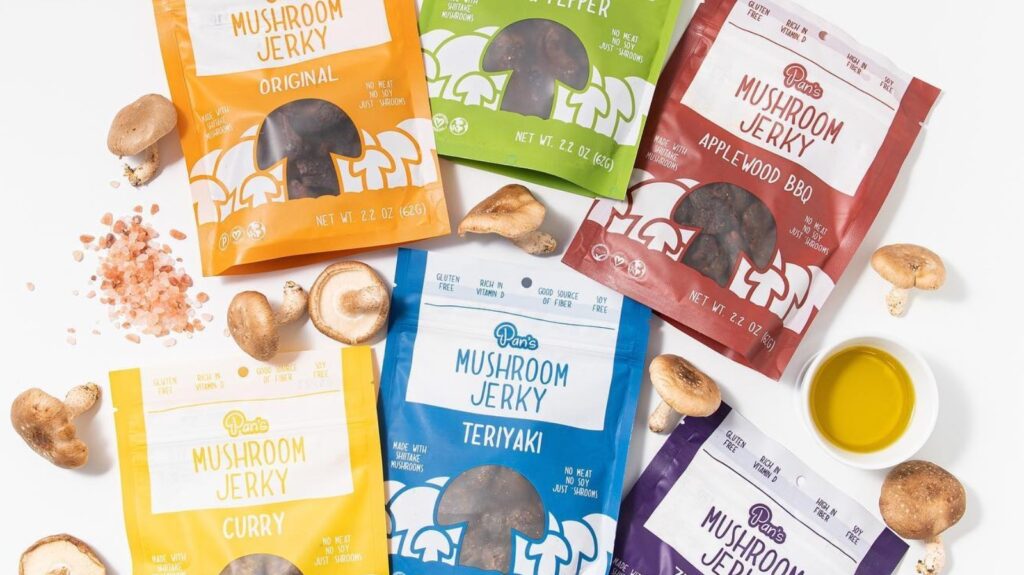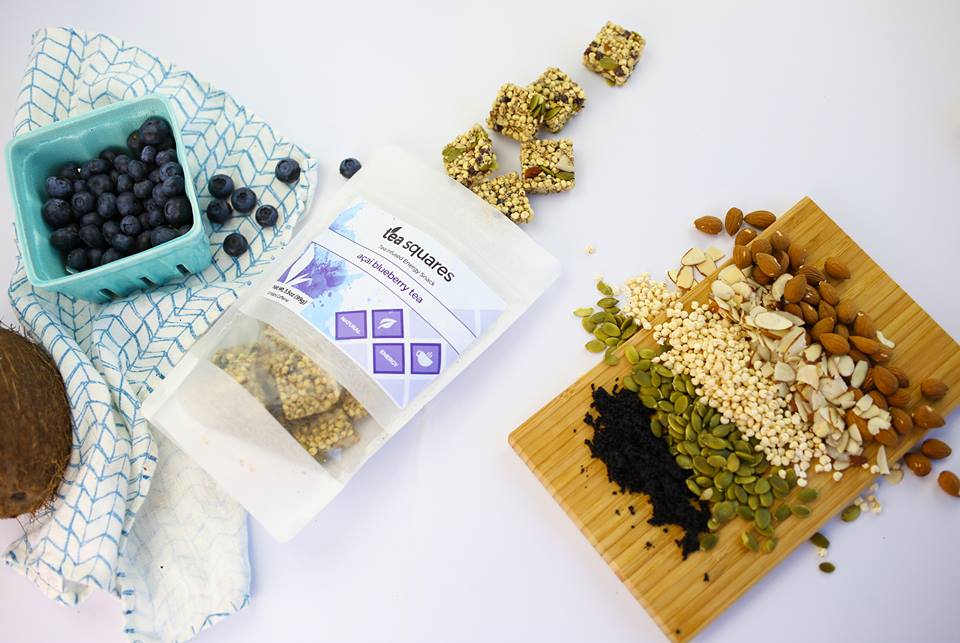Demos, Bogos and Promos: Oh My! Promotional Strategies That Actually Work
When starting and operating a business, promoting your products and services can drive sales and increase brand reputation. Choosing the right marketing strategies for your retail audience can help attract and retain customers.
From demos to free merchandise, here are some retail promotional strategies that actually work and how to put them into practice.
Types of promotional strategies
Demos
A demo presents the value of a product or service to its target market. Demos are one of the most important promotional strategies, as they allow prospective customers to sample a product to understand how it will benefit them if they choose to invest.

“What I love about demos is the feedback,” said Hector Saldivar, founder of Tia Lupita Foods. “You can get a lot of ideas [about products during demos].”
For instance, Saldivar’s company decided to develop a line of chips when he was sampling its hot sauces as part of a demo. As he tasted the hot sauces, Saldivar realized he should create chips he could pair with the sauces for increased customer satisfaction.
While demos work great to draw customers in, Saldivar stressed the importance of offering demos to employees or staff members you work with. When he decided to sell his company’s products at Sprouts Farmers Market, he created a demo program that helped educate the Sprout staff about the products.
“We gave a coupon to the Sprout staff members to buy our tortillas and for them to try it,” he said. “And so once [they] tried it, they became brand ambassadors of our products in the stores.” Those employees were then better equipped to answer customer questions and make recommendations to shoppers.
Another way to offer demos is through in-person events where consumers can test a product and relay feedback immediately.

“Depending what region we were in, we always tried to do … events outside of the store, like high-foot traffic discoverability events,” said Michael Pan, founder of Pan’s Mushroom Jerky. “We would go to LA for a Beacon Street Fair [and] places we had good coverage in to sample a lot of people and then push them to stores.”
Promos
Promos are discounted offerings that draw in consumers to purchase a product or invest in a service. Typically, businesses will build a standard of 15 to 20% price promotions into their profit and loss statements to account for such discounts (and other promotional tools).
However, small business owners should run these promotions at the right times. For instance, when you’re initially offering a product to consumers, you might consider discounting it for the first few months to attract customers — and allow your product to speak for itself once customers have initially invested. Going forward, also consider factors such as seasonality to develop a promotional schedule that best suits your brand.
“Typically, our approach is to let the product settle in for a couple of months, just to try and get a base understanding of velocity, and then we’ll come in with pretty regular quarterly marketing programs,” said Britt Dougherty, co-founder of heywell.
Coupons
Offering coupons is a great promotional strategy for attracting customers. Consider creating deals such as buy-one-get-one (BOGO) for new or returning customers, enticing them to purchase one product and earn another for free or at a discounted price. This is an especially beneficial strategy for businesses that lack the resources to offer demos.
“We don’t necessarily have the national reach to do all demos, but then it’s really about the coupons and the online digital experience,” said Pan. “How much can you invest in the digital couponing to drive them to store and take advantage of those platforms? We found some early successes with those.”
During the pandemic, Saldivar couldn’t offer demos for Tia Lupita Foods, so he activated coupons to continue to drive shoppers to his brand.
Merchandise
Merchandise includes branded products that promote a specific company or product. Creating merch (such as a T-shirt or hat with your company’s logo) and distributing or selling it to staff or consumers can act as free advertisements for your business.
“When we were selling in Whole Foods … employees were wearing the gear and swag from different brands,” said Jordan Buckner, founder of Foodbevy. “They look out to make sure that the product is merchandised well, and you can even get … free off-shelf placements from it.”

Merchandise isn’t just a physical product, however. Another example of successful merchandising is ensuring your sellers are properly displaying your product in their stores. Failure to do so can lead to missed sales opportunities.
For example, Buckner said his business went through a distributor who brought his company’s product to the back door of the store without further instructions on distribution.
“Our product ended up in five different locations around the store, and it was so bad that when I was walking around, I couldn’t even find the product,” said Buckner. “You have to be very cautious in terms of making sure your product is merchandised correctly, and you try to have an input [on] as much of that as possible. Otherwise, your product’s not gonna sell because your customers [won’t be able to] find it.”
Budgeting for promotional strategies
There are many ways to budget for promotional strategies, from having a per-store budget to creating a product launch budget. Brands fun their promotions themselves, and most of them account for potential losses upfront during the trial period.
“We go into it knowing that it costs money to sell,” said Dougherty. “We just have built that into our P and L … [and] then we have a separate budget for marketing, and we have built that into the cost of every single case so that when we go into the store, we know what kind of wiggle room we have to work with in trying to create movement at the shelf.”
However, this process isn’t always seamless. Pan explained that his business didn’t budget as well in the beginning, but as time went on, they started developing spreadsheets to track the returns on investment (ROIs) over specific timeframes, whether that’s two months or eight months down the line.
Investing between 15 and 20% during an initial product launch is a good rule of thumb, but companies should record their ROIs to anticipate running future promotions while tweaking their budgets.
Additionally, be sure to analyze which promotional strategies worked best for your company to hone your focus going forward. For example, depending on their products and/or services, some businesses find more success with demos while others prefer creating coupons and discounts.
For more advice on how to promote your retail business, check out this webinar we hosted with our partner Foodbevy, “How to Build a Retail Launch Strategy.” Then, visit our retail solutions page to learn how Trax can help your business reach more customers.



